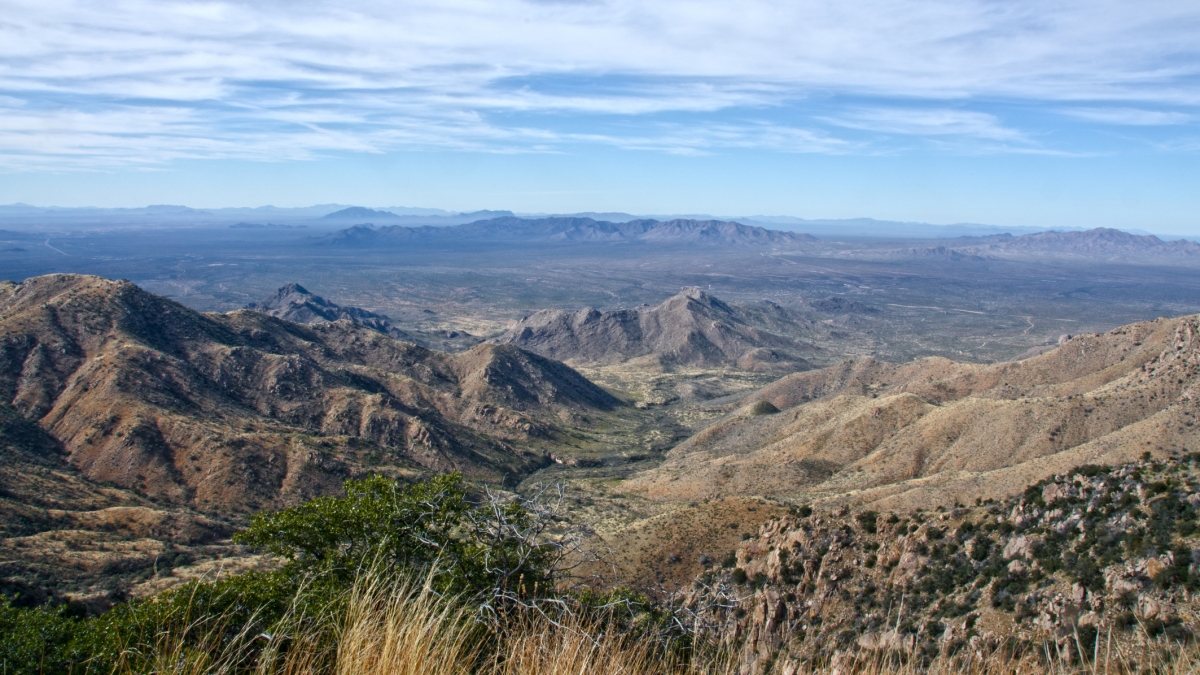ASU acts fast to help nurses transition to ICU
Edson College of Nursing, Office of Applied Innovation and The Learning Enterprise collaborate on free, online continuing education course

Despite all hope that warmer weather might allow for a brief respite to the rapid spread of the coronavirus, temperatures aren’t the only thing soaring in Arizona this summer. In late May, not long after businesses began to reopen and residents began to let their guards down, the number of cases in the state began to climb at an unprecedented rate.
The alarming and — so far — consistent upward trend has only underscored the urgent need to bolster the ranks of our hospitals’ ICU staff. Nurses of all backgrounds and training specialties are promptly transitioning to care for critically ill patients suffering the devastating respiratory and other effects of COVID-19. It’s not an easy task, though, and usually takes a good deal of time to train nurses for such a transition: Aliria Rascón’s own ICU orientation lasted eight weeks, and that was with four and a half years of medical-surgical nursing experience.
“If you’re coming from a traditional, medical-surgical unit where you have four or five patients at once and you see them maybe every hour or two hours, now in the ICU you are caring for one or two patients and you're seeing them sometimes every 15 to 30 minutes,” said Rascón, a clinical associate professor at ASU’s Edson College of Nursing and Health Innovation. “So it's a culture shift and it's a skill set shift. And there is a lot of training that goes into that, even in a regular environment,” never mind a pandemic.
Fortunately, thanks to the swift work of Rascón and colleagues at Edson, the Office of Applied Innovation and The Learning Enterprise — a new division of the university formed to facilitate ongoing learning — nurses can now be supported in their speedy transition to the ICU under urgent circumstances. “Introduction to Adult ICU Nursing and Mechanical Ventilation” is a free, seven-module continuing professional education course that is accessible online for nurses to take at their own pace and includes an “ask an expert” feature to discuss related issues or questions that might not be Google-able. As of July 14, the course already has more than 1,295 registered nurses enrolled.
“As COVID-19 increases demand on intensive care units, resources like this course can help health care facilities quickly address critical staffing and skill shortages by retraining their existing RNs to help care for patients made ill by the pandemic,” said Andrew Nelson, program manager for strategic network advancement in the Office of Applied Innovation.
Each module in the course covers a different subject related to critical COVID-19 patient care, and in addition to basic content, each includes an assessment quiz and supplemental resources, such as videos, the “ask an expert” discussion board and the opportunity to give feedback.
While sourcing and developing content for the course, Rascón solicited feedback from nurses taking the course and nurse educators to ensure the content was accurate, comprehensive and consistent with their needs.
Candace Keck, a faculty associate at Edson and an ICU nurse educator at Honor Health with over 20 years’ experience, said she was happy to provide feedback, calling it “instrumental in developing a plan for these nurses.”
“As critical care nurses, we are asked to do highly technical, labor-intensive tasks more so now than ever before,” Keck said. “Guidelines for many things are changing daily. Nurses are patient and family advocates, so it is important that we stay current. It is also important to stay current for our own safety.”
Since the beginning of the pandemic, she and her fellow nurses have had to rethink even the simplest everyday tasks, like how to get in and out of a patient’s room for supplies, since every time the door is opened, there is potential for exposure.
“As you can imagine, that is a lot of personal protective equipment (PPE). So now, in this new era as a nurse, we need to ‘cluster’ our care. Before, we could complete our assessment, go get medications, come back later and give a bath and so on. Now we need to complete these tasks all in one setting. So now we plan more,” Keck said.
In addition, they are taking on tasks that they may not have normally performed in the past in order to decrease exposure to ancillary staff.
“We draw our own labs, we do our turns without the help of a patient care tech (CNA). Sometimes we are giving breathing treatments for respiratory therapists.”
Course content was also vetted by a team of experts led by Managing Director of Health and Clinical Partnerships Dr. Susan Pepin.
Arizona is hardly the first state that has had to quickly train nurses for the ICU, though, and there are already a lot of training courses available, including one Rascón helped develop at the behest of New York City’s Mount Sinai Hospital.
“There was already a lot of stuff floating around out there, so we were trying to be really conscientious to not be duplicative or redundant and really identify a gap where we could meet a need,” Rascón said.
“Introduction to Adult ICU Nursing and Mechanical Ventilation” differs from other offerings because of a couple of things: its emphasis on educating nurses, in particular, and the “ask an expert” feature.
“That was a really important distinction to make, because I'm a nurse; I'm not a respiratory therapist or a physician or a nurse practitioner. So we wanted to focus on the role of the practicing, registered, bedside nurse, new to the ICU environment. Which seems like a pretty narrow focus, but there are millions of practicing, bedside, registered nurses in the U.S., and many of them could benefit from this course if they’re asked to quickly serve in an ICU setting during this pandemic,” Rascón said.
“And then, with the ‘ask an expert’ platform, I was just trying to think about all my friends working in the ICU right now. … You can take all the classes you want, you can watch all the videos you want. You can take all these quizzes that say you're competent, but there will come a day when you walk into your shift and you see something that you haven’t seen a module on. Human beings are unpredictable and they don't always follow the algorithms. So we wanted some way to support the nurses who are taking this course with those kinds of questions.”
The roster of experts includes Rascón, a handful of Edson clinical faculty specializing in critical care, Edson alumni with at least two years’ career experience and several nurses from around the Valley who volunteered to help out.
With 2020 having been named the year of the nurse, Rascón is merely happy to be able to help in some way.
“It's really nice to not only be the one to educate new nurses and send them out there, but thinking about all of my colleagues out there who are facing this pandemic, who have limited supplies, who are stressed out and scared — to be able to support them in this way is huge,” she said.
Nelson said it’s just another example of ASU doing what it does best.
“This course is an example of ASU fulfilling its charter and taking fundamental responsibility for the overall health of the communities we serve,” he said. “Given ASU’s leadership in online learning, we were well prepared to deliver this world-class content from our incredible faculty in a safe, scalable manner in the middle of a global pandemic. Now, nurses everywhere can freely access this course for as long as the information is needed.”
Introduction to Adult ICU Nursing and Mechanical Ventilation will remain available to any registered nurse, regardless of location, as long as there is an ongoing need for the information. While the course is intended to support nurses orienting to the ICU at a rapid pace during a crisis, it is not intended to train nurses to be ready to work in the ICU as a result of taking the course alone — all nurses intending to work in the ICU will need a site-specific orientation as well as other support.
Top photo courtesy iStock/Getty Images
More Health and medicine

First exchange student for Biodesign Institute Europe bridges labs 5,000 miles apart
This spring semester, Grace Colley traveled to Arizona State University and became the first student to participate in the Biodesign Institute Europe student exchange program. In doing so, she helped…

College of Health Solutions hosts visit from leading expert in genomic research
Some fortunate Arizona State University faculty, staff and students were able to gain valuable insights and perspective during a visit by one of the country’s leading figures in health and scientific…

Indigenous ASU research team recommends assistance for tribal members still reeling from COVID-19’s effects
When Matt Ignacio’s tribe, the Tohono O’odham Nation, donated $1 million to Arizona State University to support COVID-19 research, he applied for some of the money to understand and report any…